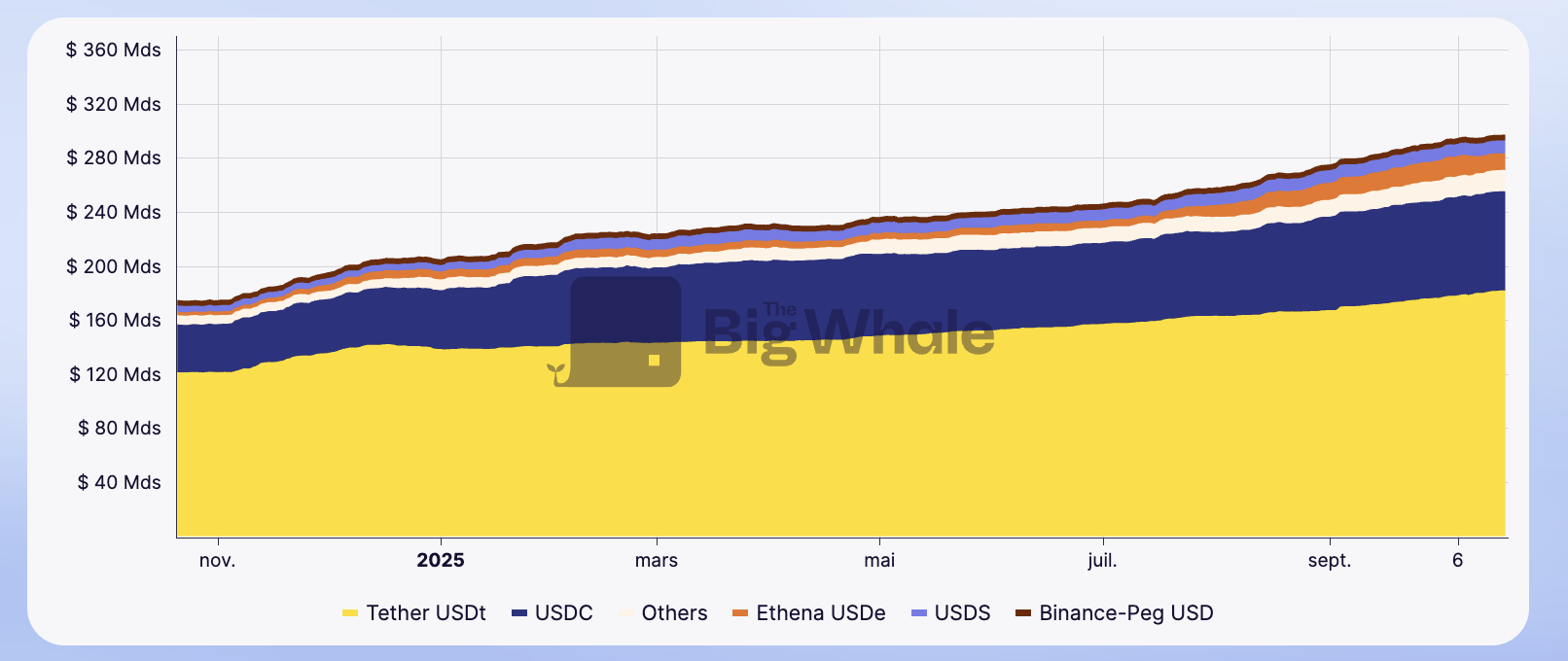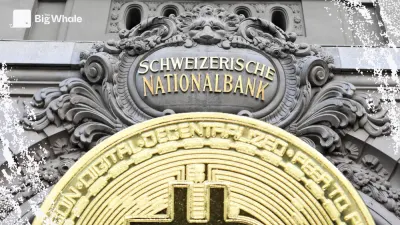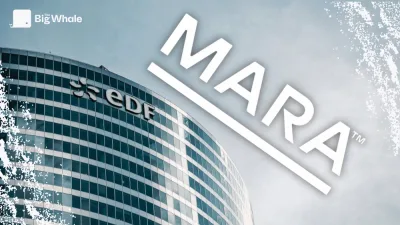TBW - Tempo: Stripe's blockchain raises $500 million

Tempo has yet to launch its network, but its impact is already being felt. This blockchain, designed by Stripe in partnership with the Paradigm fund, has completed one of the biggest fundraisings in the sector since 2022. According to Fortune, Thrive Capital, led by Joshua Kushner, and Greenoaks led the round, joined by Sequoia Capital, Ribbit Capital and SV Angel. Stripe and Paradigm, who originated the project, did not reinvest in this round.
This deal values Tempo at $5 billion, an unprecedented level for a blockchain that is still in development. The stated aim is to become the "Layer 1 of payments", capable of processing large-scale settlements for real-world players. Stripe CEO Patrick Collison sums up the ambition: "Tempo is a blockchain optimised for everyday financial services."
The blockchain according to Stripe
Tempo claims to be EVM-compatible, so interoperable with Ethereum, but is aiming for higher performance in terms of throughput and finality. Stripe promises near-instantaneous transactions at zero cost to end users, and native integration with the stablecoins on the market. A number of major companies are already testing its infrastructures, including OpenAI, Shopify, Visa, Anthropic and Deutsche Bank.
This focus on payments echoes the trajectory of Stripe, valued at $92 billion and increasingly involved in crypto. In 2024 and 2025, the company ramped up acquisitions: Bridge, which specialises in stablecoin infrastructure, acquired for $1.1 billion, and Privy, a provider of integrated wallets for Web3 applications. Stripe has also integrated Coinbase Base into its payment stack, confirming its shift towards on-chain finance.
A battle of standards
Tempo's raising comes against the backdrop of a race to set global standards for stablecoins. The sector is now worth nearly $300 billion, 59% of which is accounted for by Tether (USDT). Major investors see these "digital dollars" as a new global monetary infrastructure.

Ryne Saxe, CEO of startup Eco cited by The Defiant, talks about a "stablecoin standards war": "Hundreds of millions are being invested to define the rails of the future monetary system. At stake are tens of trillions of dollars in settlement volumes."
According to a report by Visa published last week, more than $670 billion in loans have already been issued via on-chain credit platforms over the past five years, proof that stablecoins are now going beyond mere payment use.
A gateway to Ethereum
The arrival of Dankrad Feist at Tempo, a researcher at the Ethereum Foundation, further strengthens the project's credibility. In a message posted on X, he hailed "a unique opportunity to bring stablecoin payments to the general public", while stressing that Tempo shares "Ethereum's permissionless ideals".
Dankrad Feist specifies that Tempo's code will be open source and designed to be able to "reintegrate into Ethereum", offering a bridge between institutional and decentralised finance. A direction that could appeal to both banks and the Ethereum community.
The Big Whale's analysis
With Tempo, Stripe is taking its place at the centre of the new payment blockchain chessboard, alongside Circle (Arc), Tether (Plasma) and the Canton project supported by several major banks such as Goldman Sachs and BNP Paribas. But whereas its competitors are forging more and more banking alliances, Stripe is banking on its network of merchants (more than a million worldwide) to impose its protocol.
This strategy has one advantage: the network effect. If Tempo integrates natively with the Stripe ecosystem, stablecoins could become invisible to the end user, serving as the underlying settlement layer for traditional payments. This could be the key to bringing stablecoins from Web3 to everyday life.



